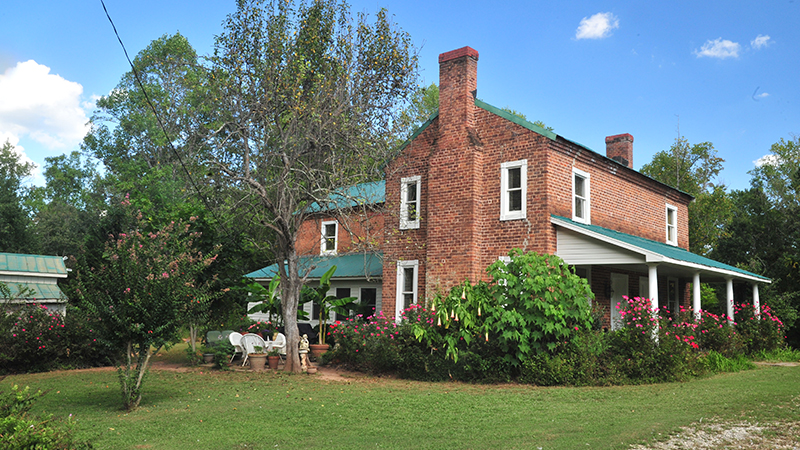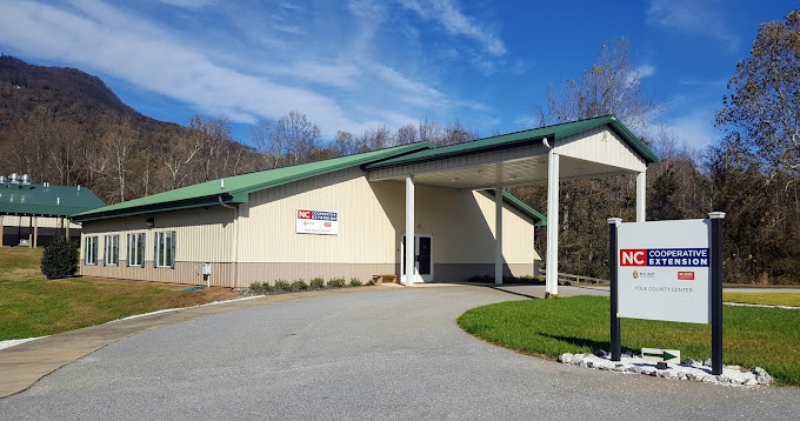Three Gables Farm
Published 4:40 pm Friday, November 3, 2017
When Bobby Grigg was a young boy, 10 years old, living in Hickory Grove, he would often ride his bike past the old house in New Prospect known as the McMillin House. He loved the old house even as a child, and knew that one day he was going to own that house. Many years later when it actually came on the market in 1998, Bobby put a bid in the same day. He became the first person to own the house that wasn’t a member of the McMillin family.
Bobby’s father, Charlie Grigg, bought and sold antiques. Since Bobby often tagged along during these ventures, he had developed a sense of history along with a love and extensive knowledge of antiques. Upon purchasing the house, he immediately began researching its history.
This endeavor took him on visits to Spartanburg, Columbia, eight trips to Charleston, and then Raleigh. He was able to trace deeds back to the late 1700s, but due to the time of the land grant from England, Bobby believes that the house dates to the late 1600s or early 1700s. The grant was for 2,000 acres from river to river, possibly the Pacolet to the Broad or the Tyger. The location varied from North Carolina to South Carolina, depending on where the boundaries of the time shifted. Cherokee were still prevalent and arrowheads have been found on the property.
Trending
When the last McMillin heir passed away, the house had been frozen in time. Water was still brought to the house in a bucket from a well. There was no electricity providing power for lamps or cooking. It took two years of renovation before Bobby was able to actually live in the house. He christened the house Three Gables Farm.
The house was originally a working plantation growing tobacco and corn. The bricks were hand made on the property, probably by slaves. The mortar that still holds the bricks together is made of clay and sand. The walls of the house are 19 inches thick. Logs exist between the brick walls, forming the skeleton of the house. Each room has its own foundation, with no hallways between rooms. The inside walls were all exposed brick. But with dust from the mortar constantly sifting through the air, it was necessary during the remodel to cover most of the brick with wallboard.
Set back from the road, the approach winds along the original wagon trail. A present day herd of goats bounds down the hill to greet visitors. The herd started small with three goats that Bobby gave to his grandchildren. Chickens wander through the yard, a rooster crows, ducks come scrambling through the grass. The front porch, wide enough to accommodate hoop skirts of days gone by, welcomes the visitor with a 1700s spinning wheel, rocking chairs, and chrysanthemums bursting with fall color.
Two original doors provide entrance. One entrance was for the women, one entrance for men. The women’s door opened to the room used by the women folk for gentle conversation, sewing, and tea. The men’s door opened into the room where the less cultured men smoked pipes, talked farming, and politics of the day.
Seven fireplaces provided warmth. Bobby ordered new, matching, hand carved mantles for several of the fireplaces. An original mantle prevails in the present-day kitchen. The original kitchen was located away from the house, which was typical of the time, to prevent possible fire and to keep the house cool during hot, summer months. The stone walk that led to the kitchen is still visible in the yard. Two staircases provide access to upper floors, one for the family and a curved, back staircase was for servants.
With Bobby’s affinity and connection with antiques, the home is furnished with the results of years of collecting. An Eliot of London grandfather clock dating from the mid 1800s fills a wall in the old men’s quarters. The Federal sofa was found in Charleston. A deep red, two-board table in the kitchen is colored with a blood and buttermilk stain. The buffet display in the dining room shows off a glass epergne filled with flowers, cakes, cookies, and fruit. Lamp styles in the house include a Gone With The Wind lamp, a banquet lamp, and a majolica lamp. Bobby has adorned one wall with a photo of his great-great-great grandmother Melton from Golden Valley, N.C. Tea Leaf pattern iron stone dishes, collected over 40 years, fill a kitchen cabinet.
Trending
On August 31, 1886, an earthquake rocked South Carolina from here to Charleston. The adjacent kitchen and five slave cabins were destroyed. The house was split down the middle. Sixteen iron bars were installed from the exterior back wall to bring the house back together and provide stability. They still hold the house together today!
Strolling through the grounds, passing under a large mulberry bush, studying the limbs of an aged pear tree, admiring the golden blossoms of an angel’s trumpet bush, and discovering a nest of duck eggs hidden in bushes, it’s easy to be transported back in time. Three Gables Farm is a treasure, a monument of days gone by. Thank you Bobby Grigg for sharing your home with us. •
Retired confectioner and candy store owner, Landrum resident Linda List has taken up her next love, writing. She authors the Landrum Wanderings column for the Tryon Daily Bulletin and is a regular contributor to Foothills Magazine. She can be reached at lin17th@aol.com.






